There was a new belief that art should record the life of everyday people. What is more the dynamic debate in the visual arts is also repeated in the same period in music dance.
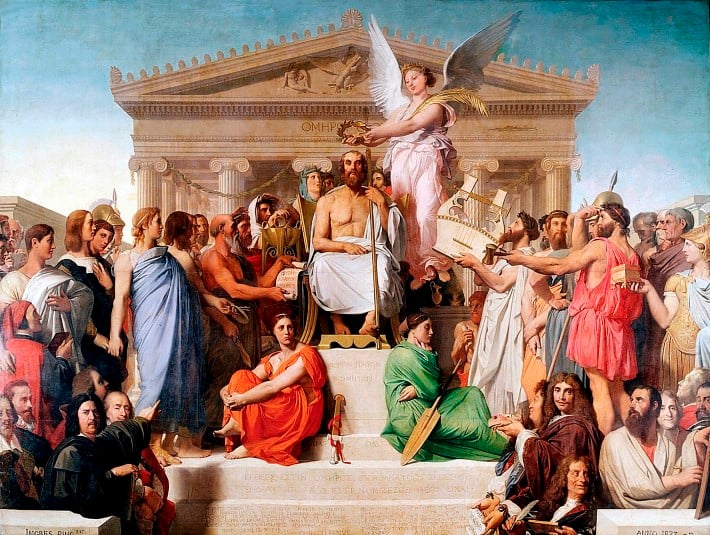
Blog 19th Century European Painting Key Styles Movements Mayfair Gallery
The Invention of Photography.
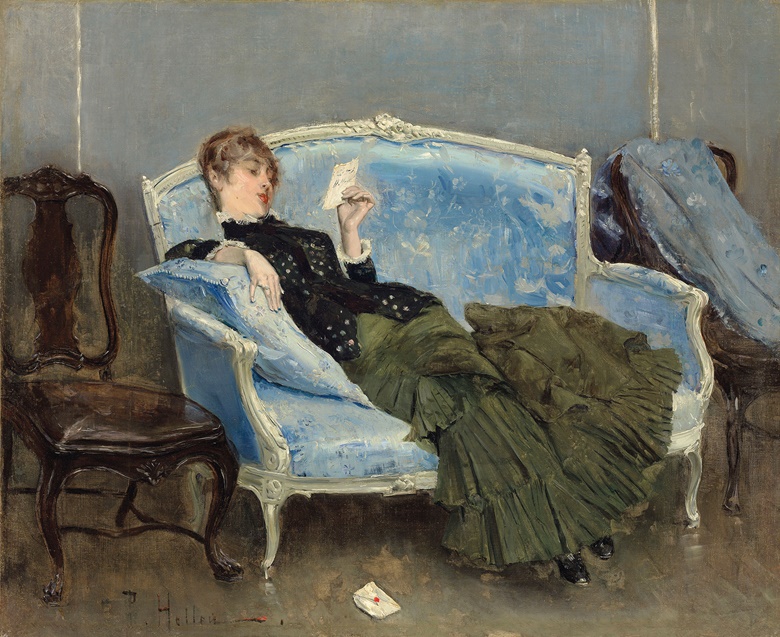
. Advances in science particularly during the 19th century changed the way people viewed the world. 1843-45 and his Self-Portrait The Wounded Man 1855. These contrasting colours make one another more vivid when used together.
In 1859 Charles Darwin published On the Origin of the Species by Means of Natural Selection. Industrialization on the other hand changed the landscape of Europe dramatically in the early nineteenth century. The process involves coating a sheet of paper with albumen egg white which gives the paper a glossy smooth surface.
The Worlds Columbian Exposition. Critics felt the artist was attempting to rekindle socialist ideals. Art criticism grew exponentially in the 19th century when artists began to make works with an uncertain future.
Café culture cabarets arcades 19th century covered malls anarchism the mixing of classes the radicalization of art and artistic movements caused by the academic salon system a boisterous willingness to shock all this made for a stunning vibrancy. After Rococo there arose in the late 18th century in architecture and then in painting severe neo-classicism best represented by such artists as David and his heir Ingres. To emphasize the notion of the mind.
There was a shift toward black and white paintings. The Impressionists also made use of new developments in colour theory that were published by Michel Eugene Chevreul in the mid-19 th Century on the perfect harmony of contrasting colours. Why did the artist use a tenebristic technique of the Baroque period in the painting above.
After the American Revolution and increasingly after the War of 1812 American writers were exhorted to produce a literature that was truly native. How did art change in the mid 19th century. Why was the painting above not well received.
Nativism and the Know-Nothing Party. The new nation experienced a shift from a farming economy to an industrial one major westward expansion displacement of native peoples rapid advances in technology and transportation and a civil war. How did art change in the mid 19th century.
Albumen prints are the most common type of photographs from the nineteenth century and were the first photographic prints in which the image was suspended on the surface of the paper instead of being embedded in the fibers of the paper. As if in response four authors of very respectable stature appeared. How did art change in the mid 19th century.
In the mid-nineteenth century Gustave Courbet is another good example of an artist using his own image as a way to assert his artistic skill. Impressionist painters of the 19th Century. Rather than working for the church or state whose commissions demanded ideological and often stylistic conformity artists had become freelance and seemingly free-spirited producers for a.
There was a new belief that art should record the life of everyday people. Art criticism in the 19th century The growth of power and influence. How did art change in the mid 19th century.
Although the medium was immediately and enthusiastically embraced by the public at large photographers themselves spent the ensuing decades experimenting with techniques and debating the nature of this new. The changes over the course of 100 years were dramatic transitioning from historic Old Masters style works to the dawn of Modernity. The 19th century Early 19th-century literature.
Art and especially painting in the 19th Century was no different. There was a new belief that art should record the life of everyday people. Who painted the image above.
William Cullen Bryant Washington Irving James Fenimore Cooper and Edgar Allan Poe initiated a great half century. 19th-century American art in context. The 19th Century was a period when Europe and the world experienced rapid and profound changes in all areas.
The White City and fairgrounds. The Worlds Columbian Exposition. In 1839 a new means of visual representation was announced to a startled world.
In these lessons works of art from the nineteenth century are paired with written. The Worlds Columbian Exposition. It did not have to be as realistic.
In the United States the nineteenth century was a time of tremendous growth and change. By the mid-nineteenth century the archetypal male figure evolves from the heroic muscular warrior to the cultivated urban flâneur. There was a greater focus on art portraying royalty.
The Realism and Romanticism of the early 19th century gave way to Impressionism in the later half of the century with Paris being the dominant art capital of the world. The new working class produced by the revolution was doomed to poverty misery and desperation. The Missouri Compromise and the dangerous precedent of appeasement.
The Realism movement arose in response to these societal changes. Courbet created a large quantity of self-portraits depicting himself in various guises and with differing facial expressions early in his career like his Self-Portrait The Desperate Man c. This led to concerns about the loss of masculine virility toward the end of the century as illustrated by Gustave Caillebottes Man at His Bath 1884.
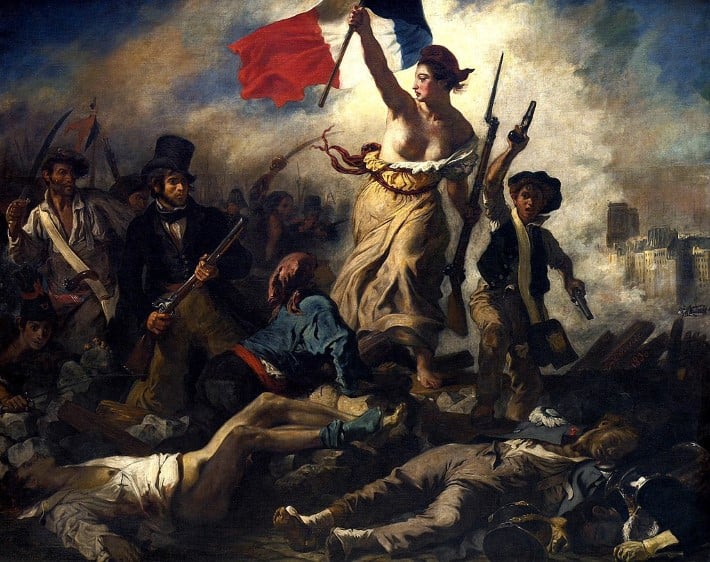
Blog 19th Century European Painting Key Styles Movements Mayfair Gallery

The Rise Of The New Woman In 19th Century Art Christie S
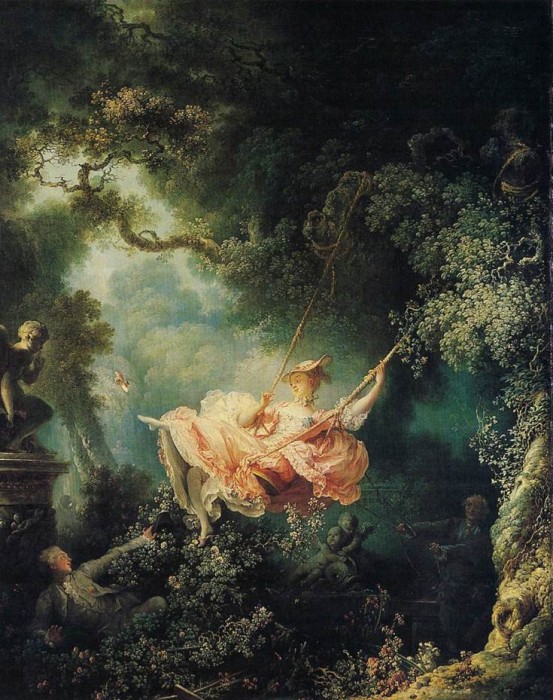
Eighteenth And Early Nineteenth Century Art In Europe And North America Art History Teaching Resources
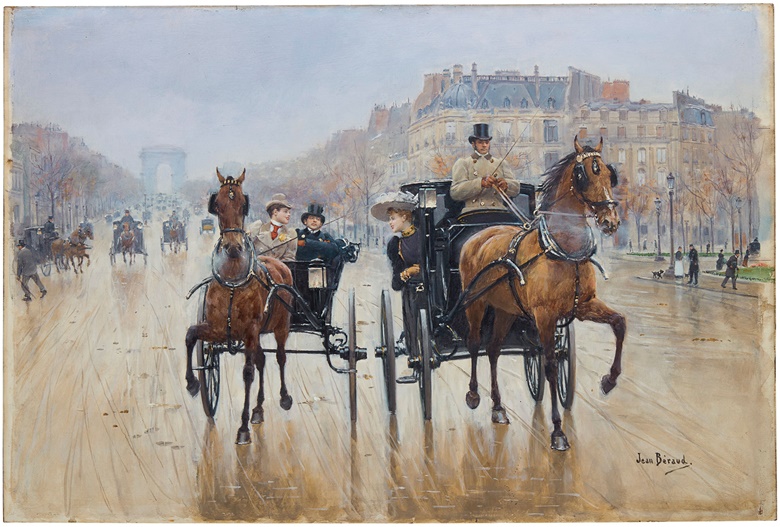
The Rise Of The New Woman In 19th Century Art Christie S
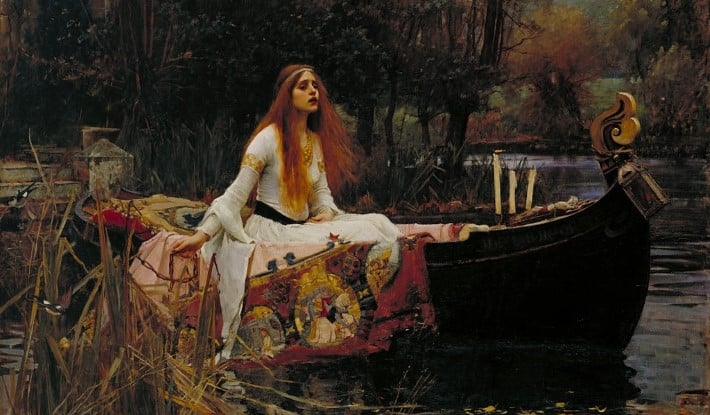
Blog 19th Century European Painting Key Styles Movements Mayfair Gallery

Art And Labor In The Nineteenth Century Art History Teaching Resources
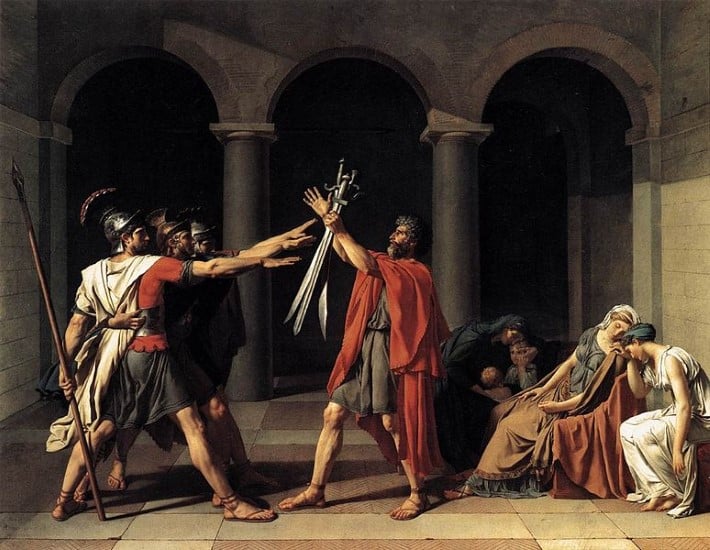
Blog 19th Century European Painting Key Styles Movements Mayfair Gallery

Social Historical Context Of Late 19th Century Art Architecture Video Lesson Transcript Study Com
0 comments
Post a Comment